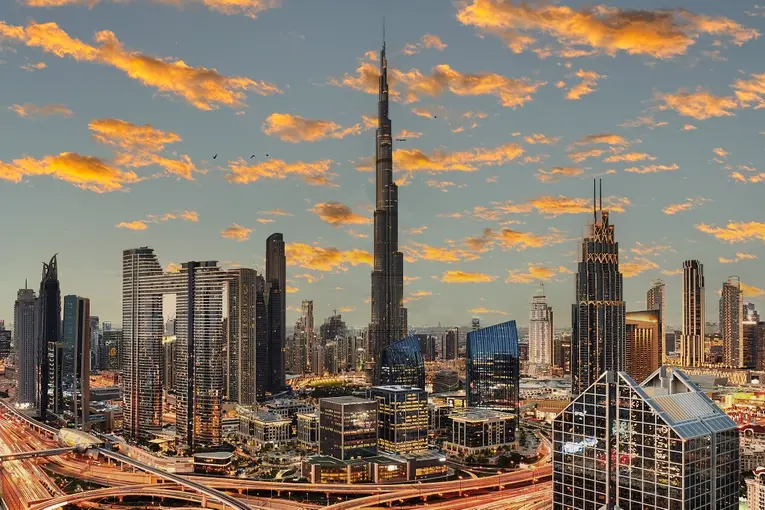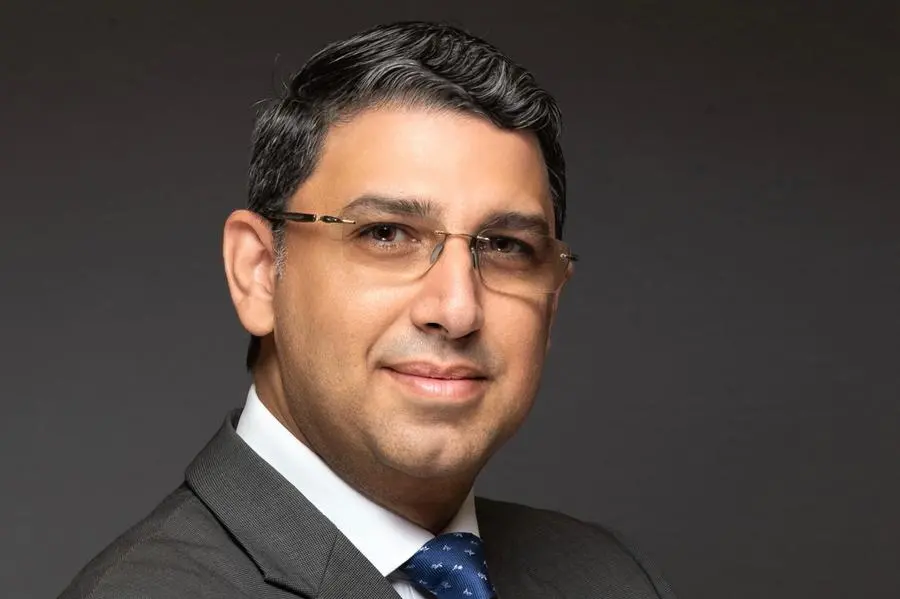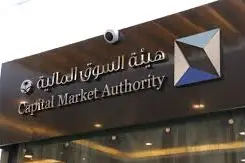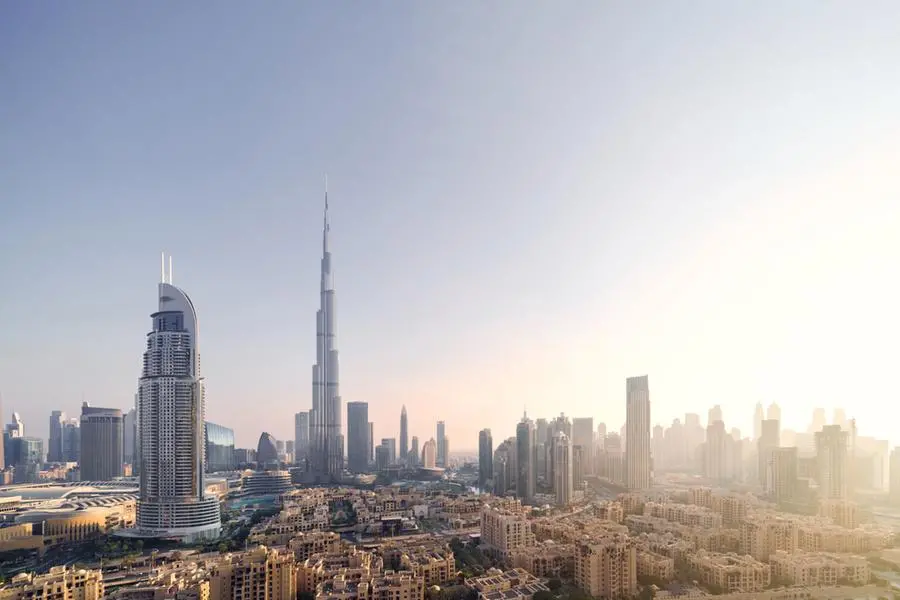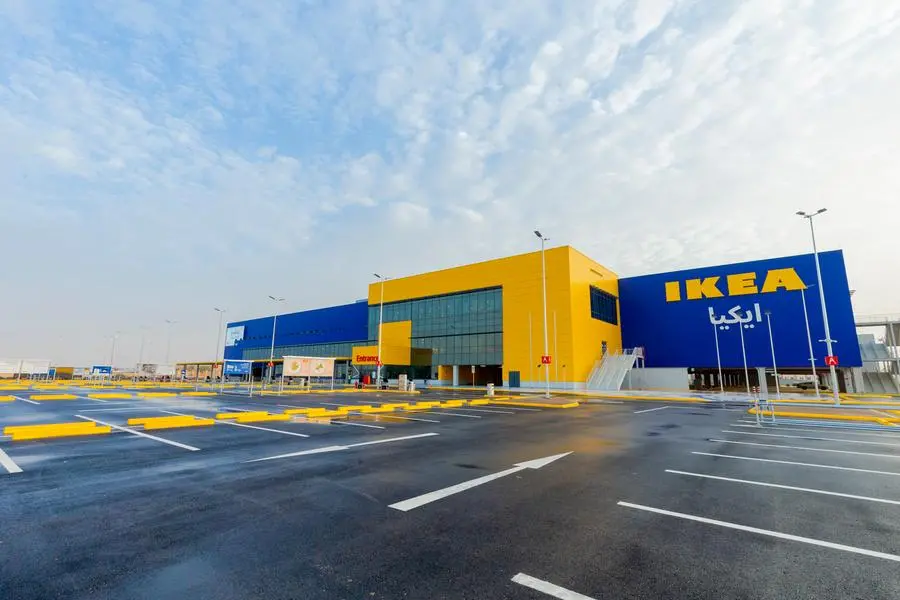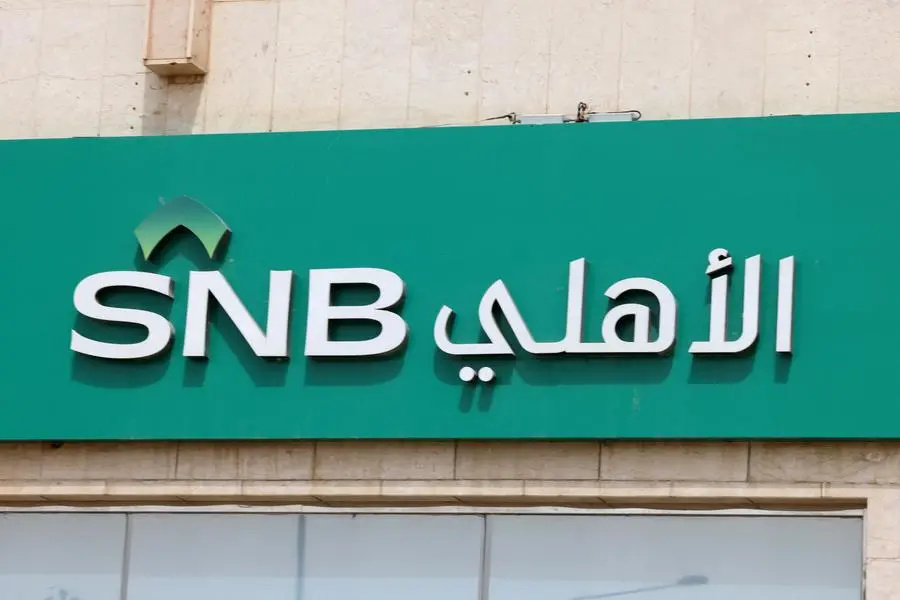Doha - A new melamine plant with an annual capacity of 60,000 metric tonnes (MT), about five to six percent of the current global production capacity, will be constructed within Qatar Fertilizer Company (Qafco) premises in Mesaieed Industrial City.
Qafco will handle the operational and administrative aspects of the plant, work on which was launched in Mesaieed Industrial City yesterday.
The project is part of Qatar's petrochemical industry's move to invest further downstream to maximize value addition and take advantage of opportunities in the global market.
The Qatar Melamine Company (QMC), a joint venture between Qafco, which will hold 60 percent stake, and Qatar Holding, with 40 percent stake, has been set up to produce and export melamine, a versatile material used in the construction and automobile industries.
The plant will use urea from Qafco-1 as feedstock and for this Qafco-1 will be revamped to increase its productivity and supply more urea for melamine production.
The entire construction work, which includes both the melamine plant and the Urea-1 revamp project, was awarded for the first time to a local company, the Qatar Engineering and Construction Company, underscoring the high level of expertise some local companies have attained.
A licence agreement has been signed with Eurotecnica/Luxembourg for the supply of its proprietary high-pressure melamine technology for the new plant, while the engineering and procurement (EP) contract was awarded to Eurotecnica Contractors and Engineers of Italy. They will be dealing with engineering services, procurement of materials and equipment, provision of construction assistance and commissioning as well as supervision for the melamine plant.
Meanwhile, an EP contract was awarded to Urea Casale of Switzerland for revamping the existing Urea-1 plant to increase its front-end capacity from 1,300 metric tonnes per day (MTPD) to 1,610 MTPD.
The revamp is intended to create efficient integration with the new melamine plant and help to minimise the expected slight drop in urea exports since some of the Urea-1 production will be used as feedstock for the plant.
The revamped Urea-1 project is scheduled for start-up in early December this year.
Melamine is used combined with formaldehyde to produce thermosetting plastic. The end products include fabrics, glues and flame retardants. It is also used in laminates, wood adhesives, surface coating, paper, and textile treatment, which are in turn used by the construction industry and the wood processing, furniture, paper and automotive industries.
© The Peninsula 2008








